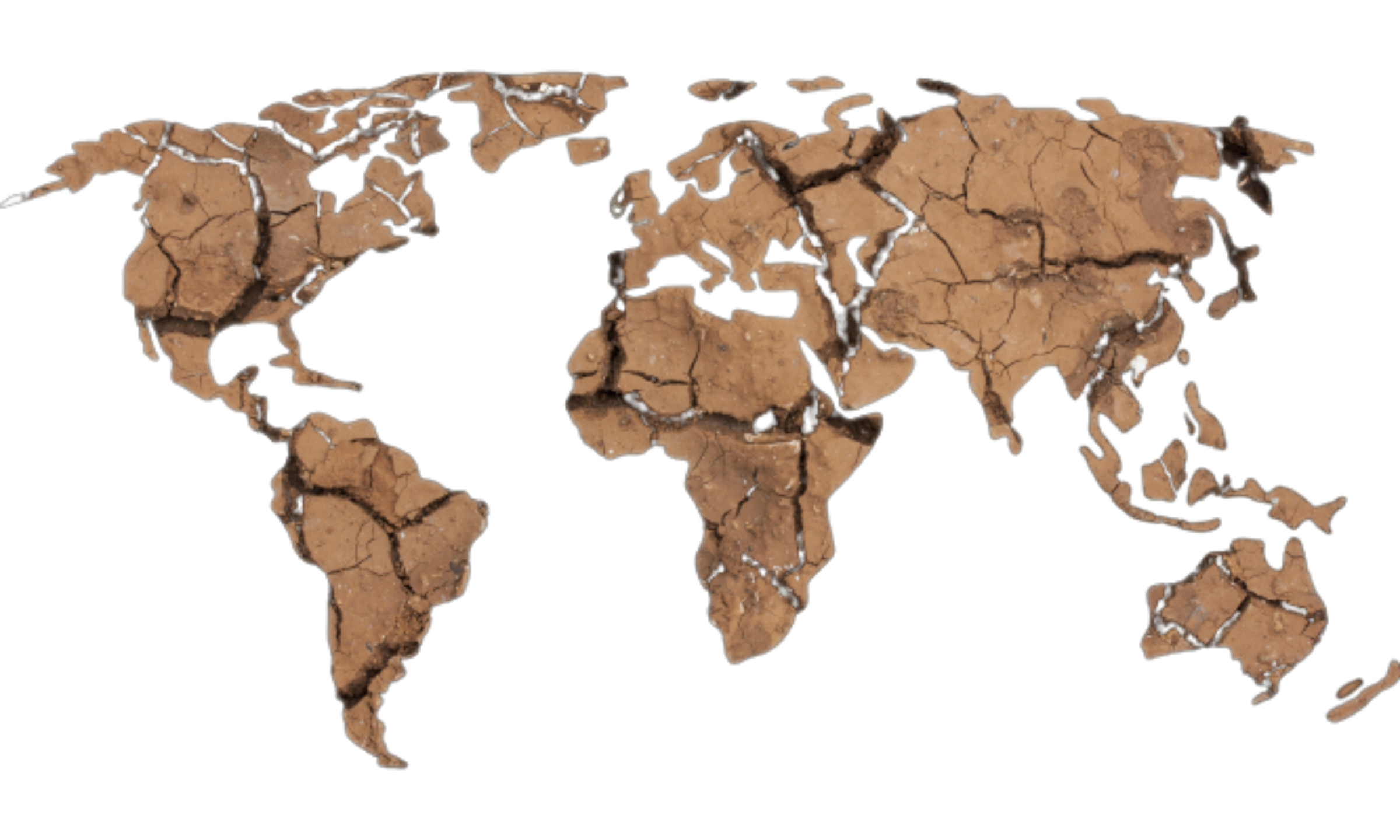The Open-Earth-Monitor (OEMC) design workshop, which took place at the project kick-off meeting in Wageningen in 2022, put use cases at the center of the OEMC project. Since then, 30+ OEMC use cases were established, each with at least one stakeholder directly influencing the design and results (tools and data) developed by the use case.
Global Scope

Land Degradation Neutrality tool
Use Case Leader:
OpenGeoHub Foundation (OGH)
Stakeholder:
United Nations Convention to Combat Desertification (UNCCD)
Use Case Page
OpenGeoHub Foundation (OGH)
Stakeholder:
United Nations Convention to Combat Desertification (UNCCD)

Biodiversity monitoring and reporting tools for IDH
Use Case Leader:
OpenGeoHub Foundation (OGH)
Stakeholder:
Mirova and the Sustainable Trade Initiative (IDH)
Use Case Page
OpenGeoHub Foundation (OGH)
Stakeholder:
Mirova and the Sustainable Trade Initiative (IDH)

Soil carbon accounting system for world
mangroves
mangroves
Use Case Leader:
OpenGeoHub Foundation (OGH)
Stakeholder:
The Nature Conservancy and Wetlands International
Use Case Page
OpenGeoHub Foundation (OGH)
Stakeholder:
The Nature Conservancy and Wetlands International

Large-area estimation of forest carbon emissions
Use Case Leader:
German Research Centre for Geosciences (GFZ)
Stakeholder:
World Resources Institute (WRI) and The OECD
Use Case Page
German Research Centre for Geosciences (GFZ)
Stakeholder:
World Resources Institute (WRI) and The OECD

Planet health index
Use Case Leader:
Max Planck Institute for Biogeochemistry (MPG)
Stakeholder:
European Central Bank (ECB)
Use Case Page
Max Planck Institute for Biogeochemistry (MPG)
Stakeholder:
European Central Bank (ECB)

SIF-based high spatial resolution GPP
flux estimations
flux estimations

Global drought monitoring at high resolution
Use Case Leader:
Consiglio Nazionale delle Ricerche (CNR)
Stakeholder:
Joint Research Centre - European Commission
Use Case Page
Consiglio Nazionale delle Ricerche (CNR)
Stakeholder:
Joint Research Centre - European Commission

Meteo support for modeling of carbon
sequestration tool
sequestration tool

Global topographic and hydrological services based on open topographic data
Use Case Leader:
OpenGeoHub Foundation (OGH)
Stakeholder:
Geo-morphometry (GEOM) and OpenTopographie
Use Case Page
OpenGeoHub Foundation (OGH)
Stakeholder:
Geo-morphometry (GEOM) and OpenTopographie

World-reforestation monitor use case community conservation Campeche, Mexico
European Scope

EO data and automated mapping for EU soil observatory
Use Case Leader:
OpenGeoHub Foundation (OGH)
Stakeholder:
European Commission's JRC and European Environment Agency
Use Case Page
OpenGeoHub Foundation (OGH)
Stakeholder:
European Commission's JRC and European Environment Agency

Crop yield monitoring system for Africa
Use Case Leader:
OpenGeoHub Foundation (OGH)
Stakeholder:
The International Institute of Tropical Agriculture (IITA)
Use Case Page
OpenGeoHub Foundation (OGH)
Stakeholder:
The International Institute of Tropical Agriculture (IITA)

EU-rapid forest disturbance monitoring tool
Use Case Leader:
Wageningen University (WUR)
Stakeholder:
European Commission's JRC and European Forest Information Network (EFINET)
Use Case Page
Wageningen University (WUR)
Stakeholder:
European Commission's JRC and European Forest Information Network (EFINET)

Tool to estimate local temperatures changes
following an increase in forest cover
Use Case Leader:
Max Planck Institute for Biogeochemistry (MPG)
Stakeholder:
European Commission's JRC
Use Case Page
Max Planck Institute for Biogeochemistry (MPG)
Stakeholder:
European Commission's JRC

EU Flood risk maps at high resolution

Meteo support tool for wildfire risk
Use Case Leader:
GILAB
Stakeholder:
Association for Forest Spatial Analysis Technologies (ForestSAT)
Use Case Page
GILAB
Stakeholder:
Association for Forest Spatial Analysis Technologies (ForestSAT)

Meteo-based agricultural insurance tool

Air quality assessment at continental scale
Use Case Leader:
Institut für Geoinformatik der Universität Münster (IFGI)
Stakeholder:
European Environment Agency
Use Case Page
Institut für Geoinformatik der Universität Münster (IFGI)
Stakeholder:
European Environment Agency

Air quality assessment at regional scale
Use Case Leader:
Institut für Geoinformatik der Universität Münster (IFGI)
Stakeholder:
European Environment Agency
Use Case Page
Institut für Geoinformatik der Universität Münster (IFGI)
Stakeholder:
European Environment Agency

EU reforestation tool

EU-biodiversity monitor use case forest restoration Elizabeth Forest Park, Scotland

Scale-dependency of "potential" marine biodiversity distribution patterns a national and European scales
Use Case Leader:
LifeWatch Eric
Stakeholder:
European Commission's JRC and European Environment Agency
Use Case Page
LifeWatch Eric
Stakeholder:
European Commission's JRC and European Environment Agency
National Scope

Mosquito alert system for Italy (zanzara tigre)

Forest management & tracking tool for Croatia

Global monitoring system for livestock and grasslands / pastures

Tropical deforestation monitoring and
characterisation tool
characterisation tool

High resolution SWE in selected mountain regions

Drought Monitoring at high resolution
throughout Italy
throughout Italy

Data cube for spatial modeling for Sinai

Tools for Digitalisation of Agriculture in
Ethiopia
Ethiopia
Use Case Leader:
OpenGeoHub Foundation (OGH)
Stakeholder:
GIZ and Ministry of Agriculture of Ethiopia
Use Case Page
OpenGeoHub Foundation (OGH)
Stakeholder:
GIZ and Ministry of Agriculture of Ethiopia

Tools and data for improved biomass estimation
Use Case Leader:
International Institute for Applied Systems Analysis (IIASA)
Stakeholder:
Embrapa and Gamma Remote Sensing
Use Case Page
International Institute for Applied Systems Analysis (IIASA)
Stakeholder:
Embrapa and Gamma Remote Sensing


